Latest Posts
The cost of memory chips drops to its lowest level in three years: Samsung and SK Hynix is impacted
Industry sources predicted on August 1 that the third quarter of 2022 will see a 5% dip in memory chip prices, the biggest drop since 2019. A single chip now costs less than $3, and companies that make semiconductors, including Samsung and Hynix, will be negatively impacted.
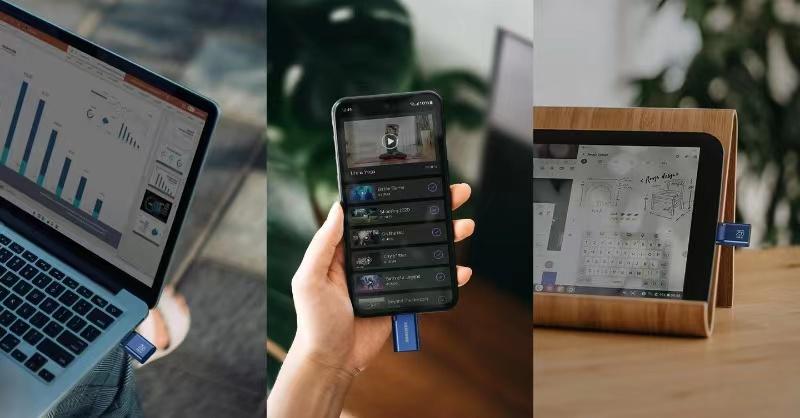
(Image from the official Samsung SSD account)
The rise of local producers and the declining market demand have both contributed to the recent increase in competition in the memory chip market. The performance of the consumer electronics market has not been as strong as anticipated this year, which has increased the volatility of memory chip pricing. The price battle for memory chips has already begun, as industry insiders previously revealed that Samsung will modify the price of memory chips in the second half of this year to reclaim market share and expand its influence.
The price of NAND flash memory is anticipated to decline by 5 percent to 10 percent in the third quarter of this year, and the price of DRAM by 8 percent to 13 percent, according to statistics from overseas media, despite Samsung’s efforts to gain market share through pricing advantages. In this instance, it appears that the pricing war cannot halt the downward performance trend.
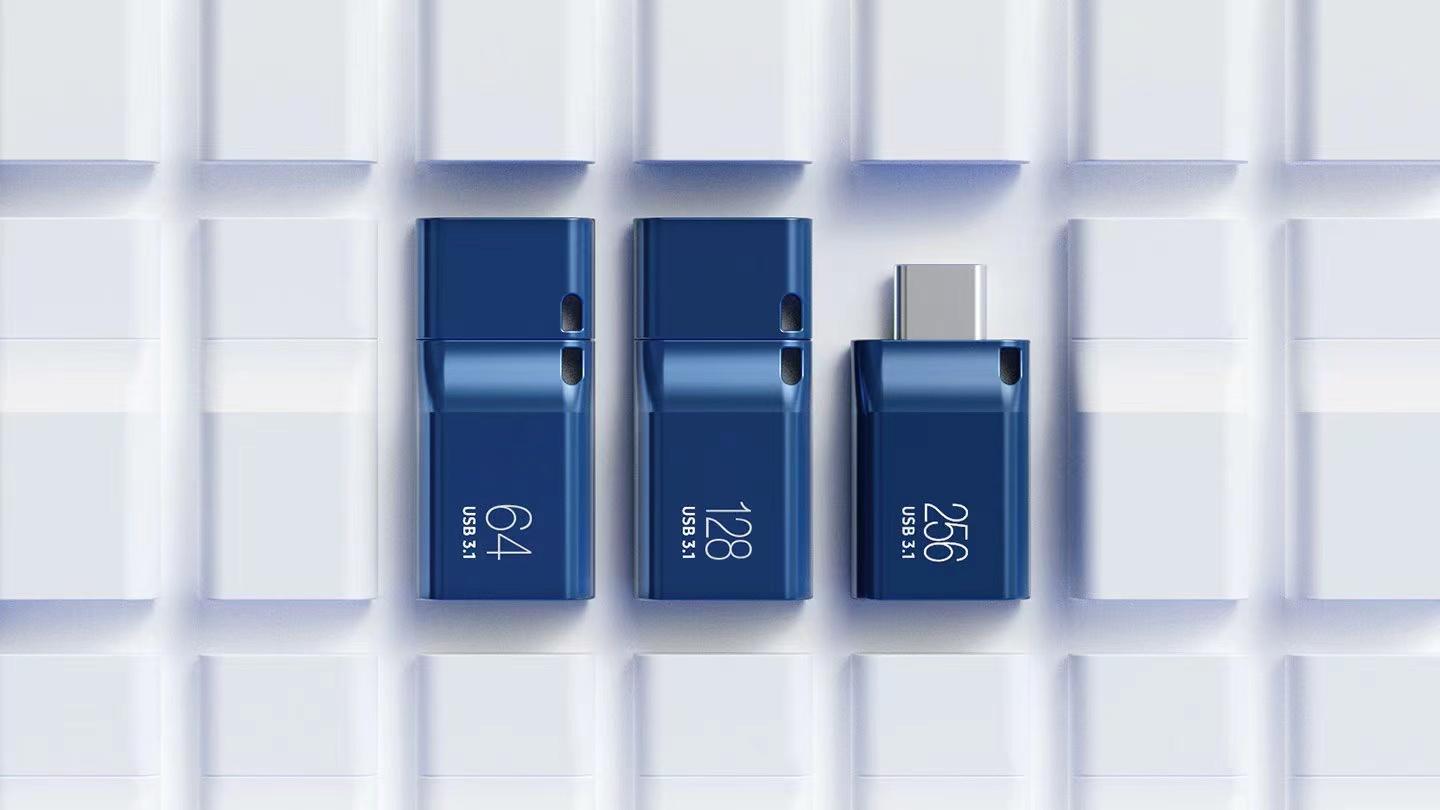
(Image from the official Samsung SSD account)
One of the key factors influencing price changes in the overall memory chip business since 2020 has been the tremendous expansion of domestic memory chips. Yangtze Memory Technology Corp, a major manufacturer of NAND flash memory, last year accomplished a solid mass production plan of 100,000 chips . The combined output of its first and second phase facilities was close to 300,000 NAND flash memory chips. The price of flash memory chips, which frequently fluctuated erratically in previous years, has now been stabilized thanks to the rapid expansion of production capacity. But it cannot be denied that Samsung continues to lead this market with a share of 35.3%, and local manufacturers still have a long way to go to change this scenario, even though domestic memory chips have significantly contributed to stabilizing it.
It must be acknowledged, however, that there is a very serious issue with low market demand in addition to the pressure from peer competition. Inadequate storage chip sales occurred at the recent China 618 Shopping Festival, according to statistics. Although almost all of these products saw a 10% price reduction, sales were not strong. To get through this “cold winter,” quite some downstream product makers are thinking about decreasing their purchases of storage components. Although this is bad news for manufacturers, consumers will benefit from lower pricing. The cost of memory chips will remain “worth buying” for a very long time, at least this year.

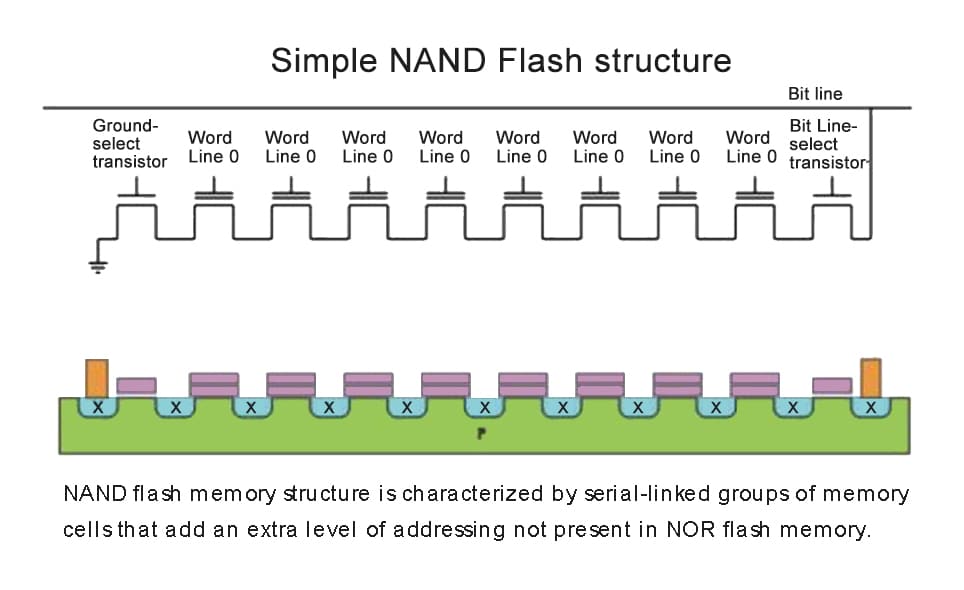
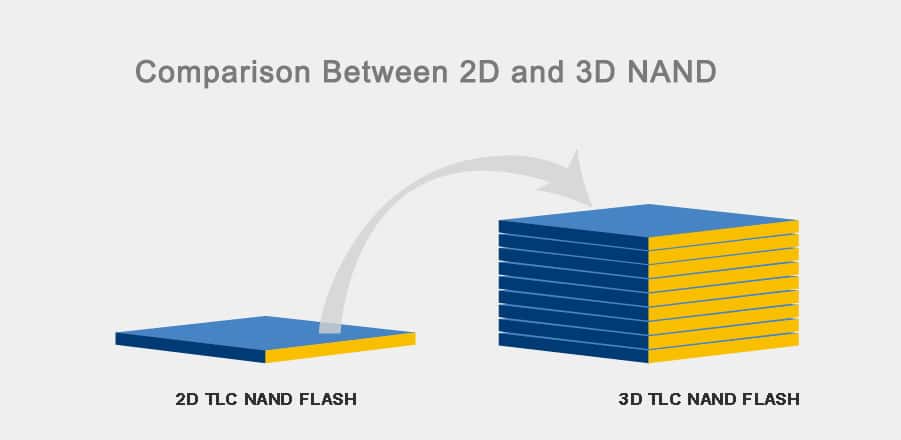
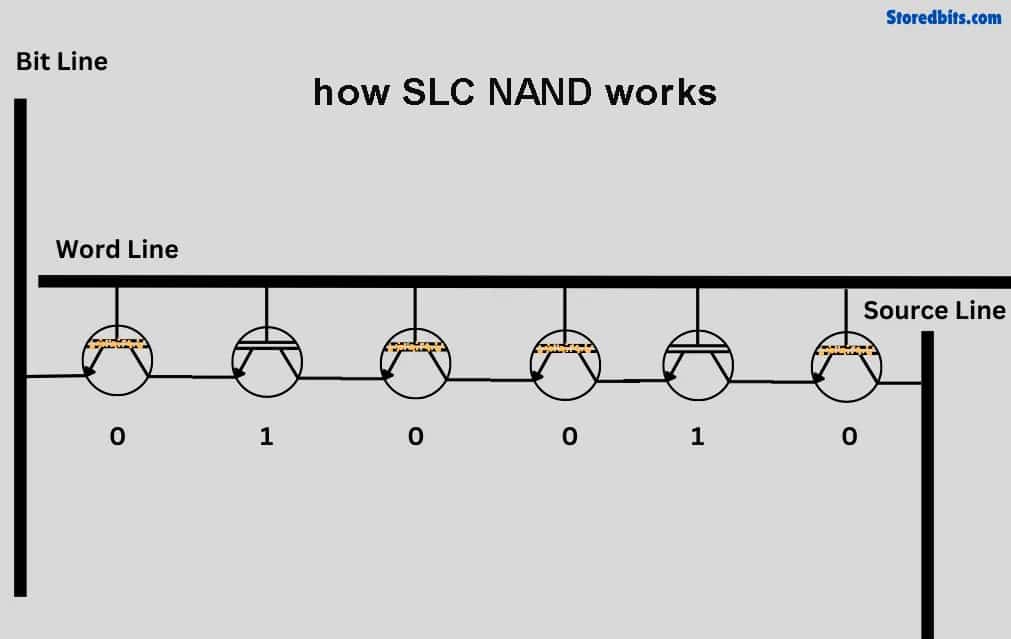
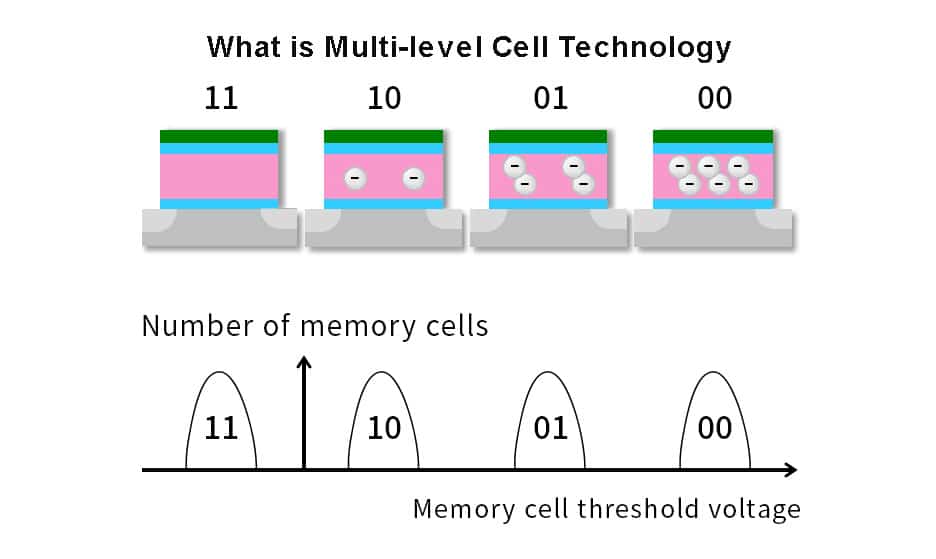
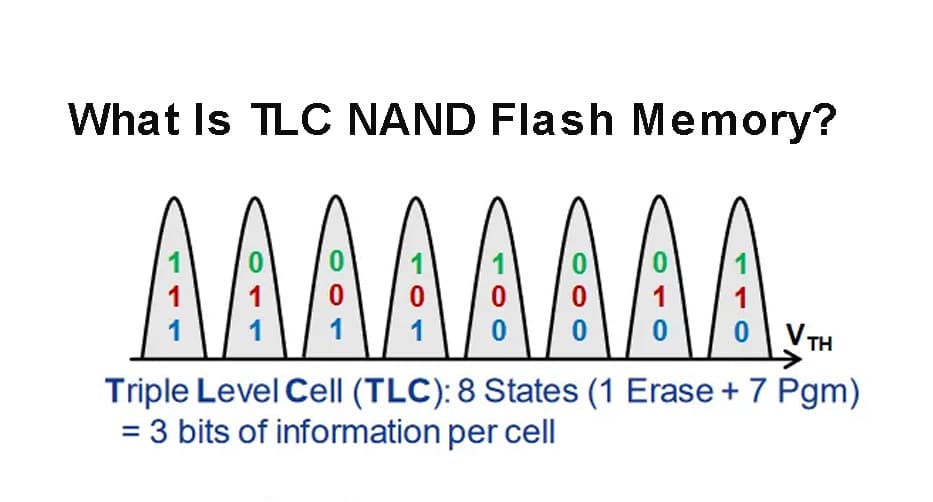
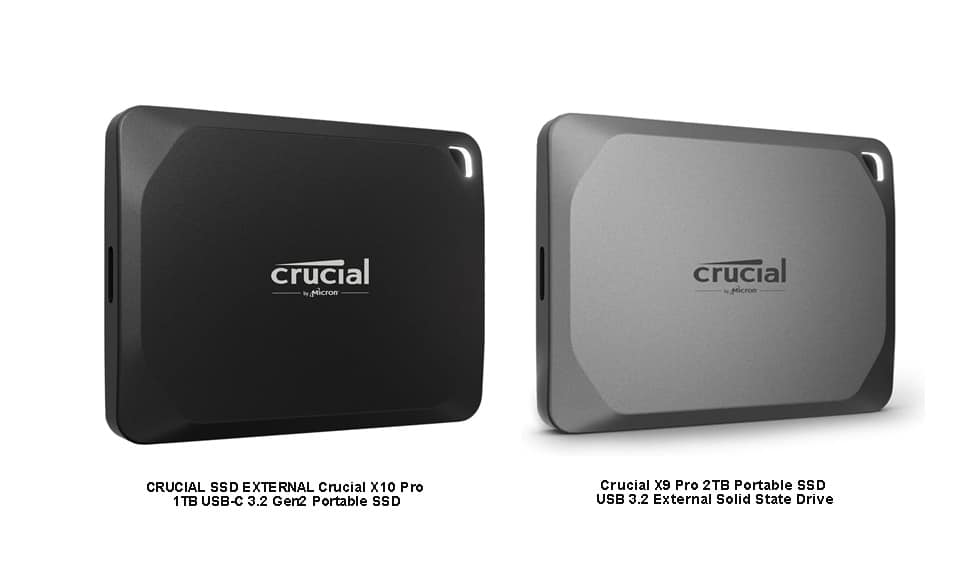
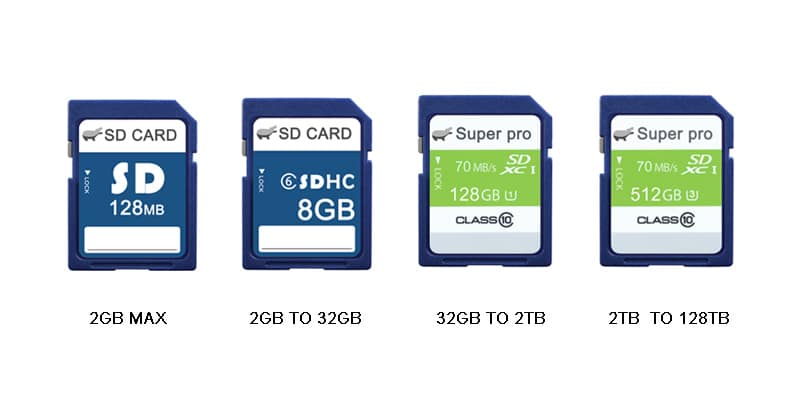
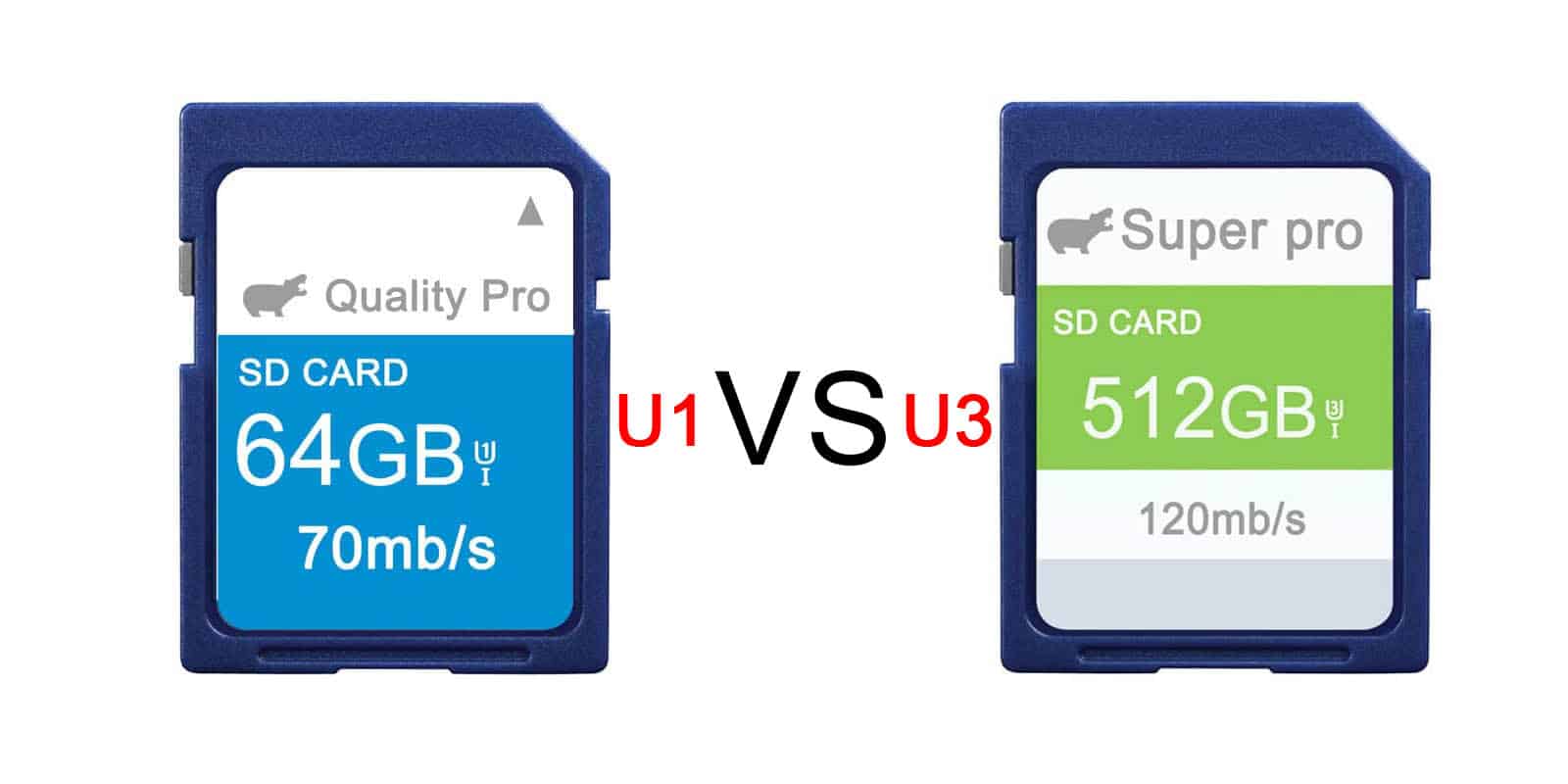
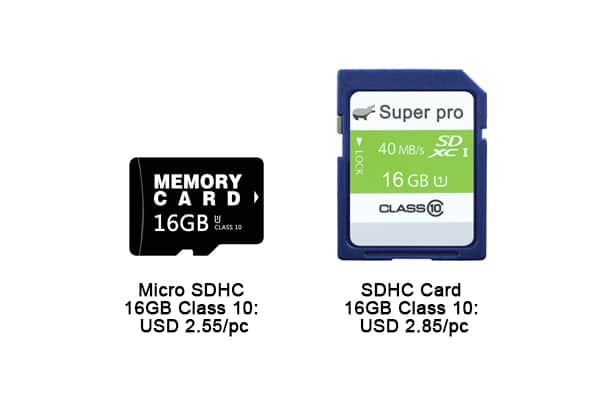
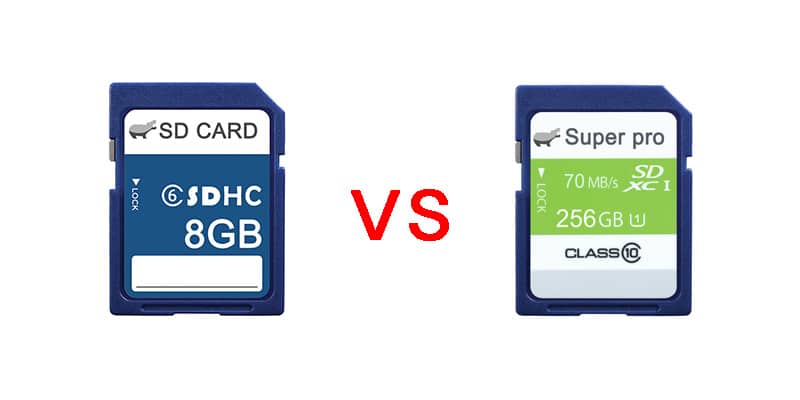
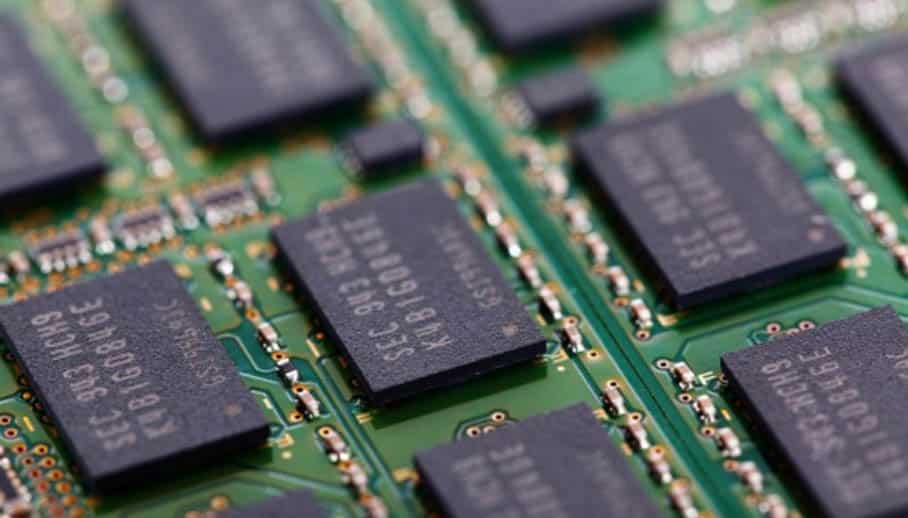
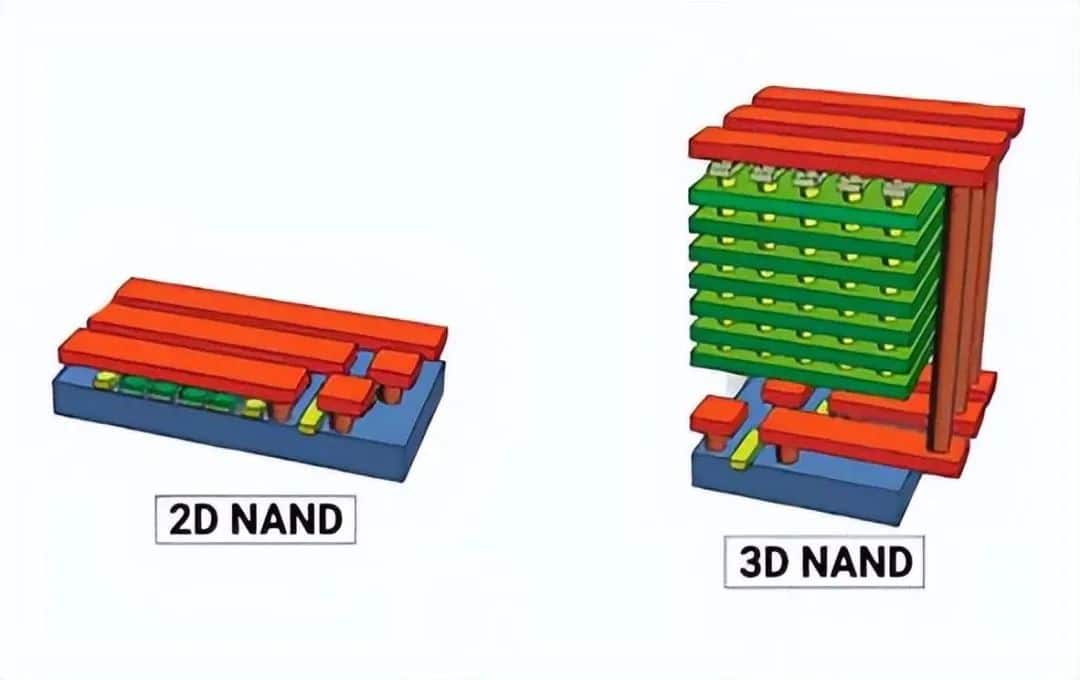
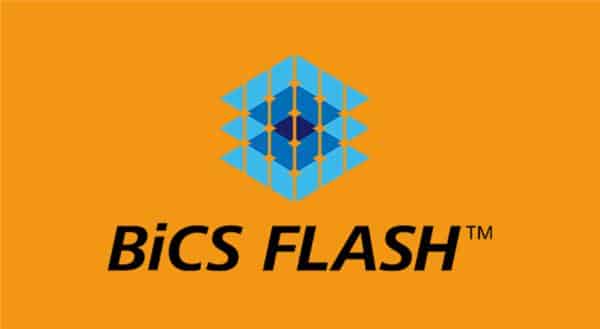
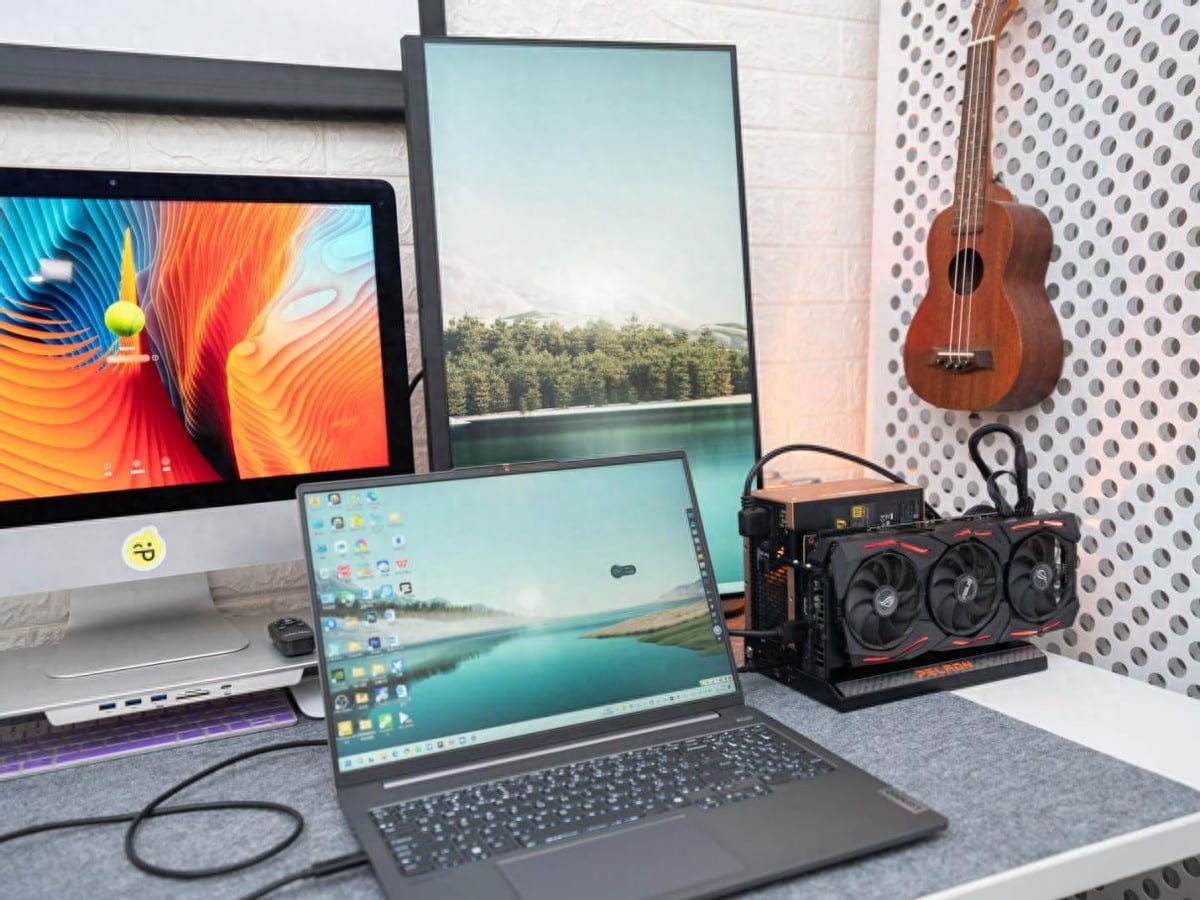
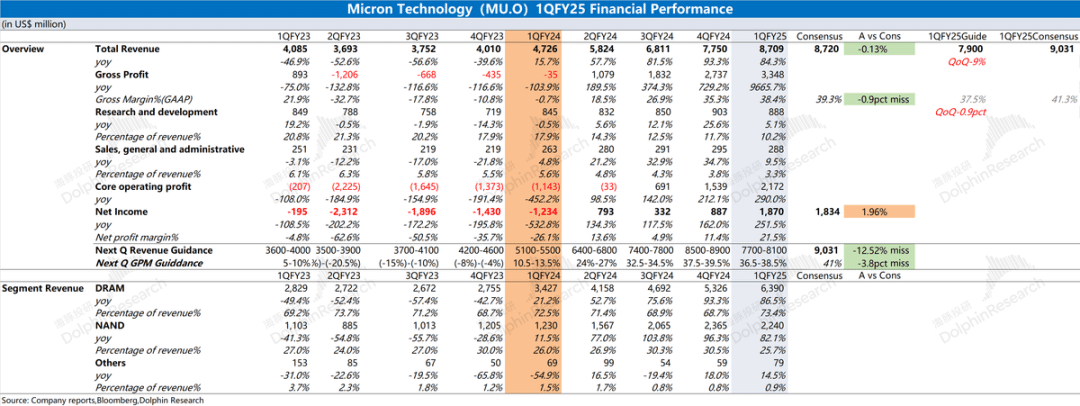
Leave a comment